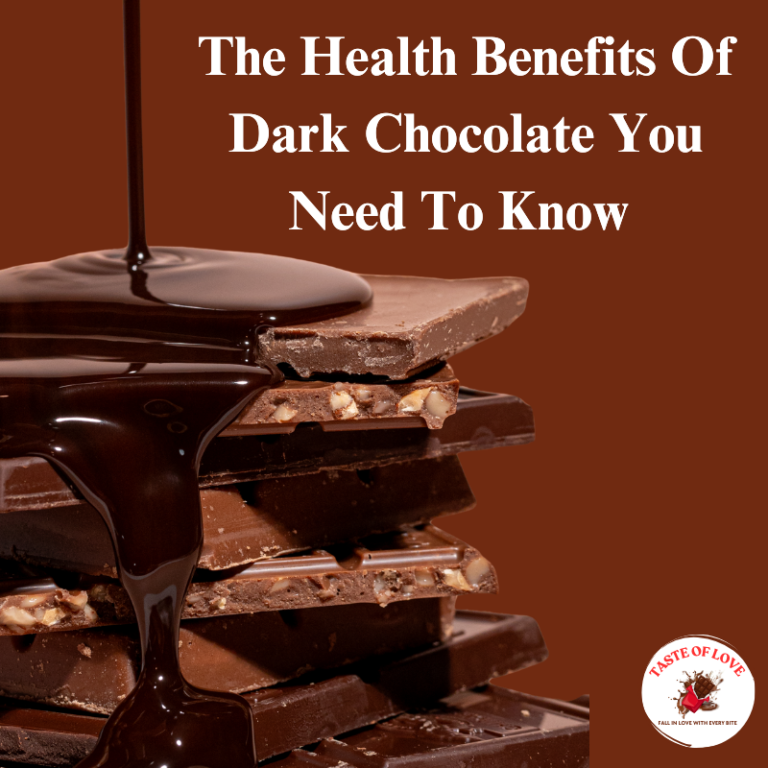How many types of chocolates are there: Dark, Milk, and White
Chocolate is one of the world’s most beloved treats, delighting taste buds and bringing joy to countless occasions. But how many types of chocolates are there? In this blog, we’ll explore the three main types of chocolate: dark, milk, and white.
DARK CHOCOLATE
Dark chocolate is not only a delicious treat but also rich in many health benefits. Not only does it offer the rich, intense flavor that chocolate lovers crave, but it also provides the satisfaction of knowing exactly what’s in your treat. First let’s get to know about a little history about dark chocolate.
History Of Dark Chocolate
Chocolate has a rich history that dates back thousands of years. The cacao tree, from which chocolate is derived, is native to Central and South America. After some time many experiments with chocolate started in which it was made sweeter but dark chocolate, with its higher cacao content and lower sugar levels, remains closer to the original chocolate enjoyed by these ancient civilizations.
How to Choose the Best Dark Chocolate ?
While you’re shopping for dark chocolate, always keep in mind what you’re looking for to ensure its quality.
Cocoa Content: When purchasing dark chocolate the minimum cocoa content should be 70%. The more cocoa content, the more health benefits and bitterness.
Quality Ingredients: The best dark chocolate is made with following ingredients- cocoa mass, cocoa butter, and a sweetener like sugar.
MILK CHOCOLATE
Milk chocolate is one of the most beloved and widely consumed types of chocolate in the world. While dark chocolate often steals the spotlight for its health benefits, milk chocolate offers a different kind of pleasure—one that’s comforting, nostalgic, and irresistibly delicious.
History Of Milk Chocolate
The history of milk chocolate dates back to the 19th century. It begins long before milk was ever added to the mix. The story of milk chocolate as we know it today began in Switzerland when Swiss chocolatier Daniel Peter was experimenting with ways to create a smoother, less bitter chocolate. He hit upon the idea of adding milk to the chocolate mixture, and with the help of his neighbor, Henri Nestlé, who had developed a process for creating powdered milk. Peter successfully created the first solid milk chocolate. This new milk chocolate was creamier and sweeter than the dark chocolate that preceded it. It quickly became a hit in Switzerland and beyond and rest is history.
Today, milk chocolate is enjoyed by people all over the world in different forms such as chocolate bars, truffles and fudge, cakes and candies.
How to Enjoy Milk Chocolate ?
On Its Own: Simply savor a piece of milk chocolate as a quick and satisfying treat.
Paired with Fruits: Milk chocolate pairs wonderfully with fruits like strawberries, bananas, and apples, creating a balanced and indulgent snack.
In Baking: Use milk chocolate in cookies, brownies, or cakes for a sweeter, creamier twist on traditional recipes.
WHITE CHOCOLATE
White chocolate, with its rich, creamy texture and sweet, delicate flavor, is a confection that has long intrigued and delighted chocolate lovers. It is a type of chocolate that, unlike its dark and milk counterparts, contains no cocoa solids. This chocolate is not bitter as cocoa solids are absent in it. It is made from cocoa butter, sugar, and milk solids.
History Of White Chocolate
White chocolate is a relatively recent invention. It wasn’t until the 20th century that white chocolate emerged as a distinct product. White chocolate was first introduced to the market in the 1930s by the Swiss company Nestlé. It is believed that white chocolate was created as a way to use up excess cocoa butter, a byproduct of the chocolate-making process. The first milky bar was called Galak and in some regions it was called Milky Bar. Its sweet, mild flavor and creamy texture made it particularly appealing to those who found dark chocolate too intense or bitter.
The Debate: Is White Chocolate Really Chocolate?
One of the most persistent debates surrounding white chocolate is whether it should actually be classified as “chocolate.” Traditional definitions of chocolate include cocoa solids, which are absent in white chocolate. Some people even argue that White Chocolate should not be called a chocolate as there is no cocoa solids present in it. But since it contains cocoa butter, which is made by cacao beans as cacao solids. While it may not have the deep, complex flavors of dark or milk chocolate, white chocolate still offers a unique and enjoyable experience for those who appreciate its sweet, creamy qualities.
Is the question “how many types of chocolates are there?” really completely answered in this blog? The answer is no. There are still so many other types of chocolate we’ve not discussed in this blog but will surely cover in another one of the blogs.







